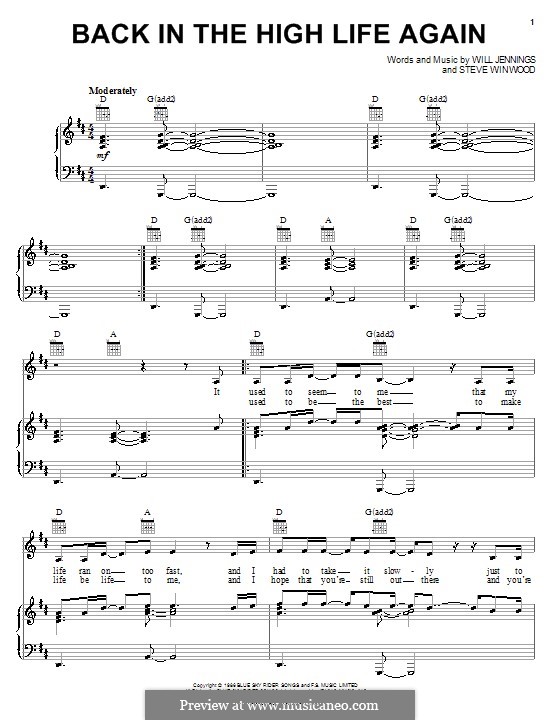
Since the beginning of the recording era, numerous recording artists specializing in classical Italian repertoire have recorded Tosti songs, yet Tosti never composed opera. Whyte Mellville) which is sometimes performed in Italian as Addio (lyrics: Rizzelli), and the popular Neapolitan song, Marechiare, the lyrics of which are by the prominent Neapolitan dialect poet, Salvatore Di Giacomo.Īs a composer, Tosti is exceptional. His most famous works are Serenata (lyrics: Cesareo), Goodbye (lyrics: George J. His style became very popular during the Belle Époque and is often known as salon music. Tosti is remembered for his light, expressive songs. He is also known for his editions of Italian folk songs entitled "Canti popoliari Abruzzesi". Tosti's songs are characterized by natural, singable melodies and sweet sentimentality. Sir Paolo Tosti (Ap– December 2, 1916) was an Italian, later British, composer and music teacher. 150 in the passacaglia theme of the Fourth Symphony's finale. He looked to older music for inspiration in the arts of strict counterpoint the themes of some of his works are modelled on Baroque sources, such as Bach's The Art of Fugue in the fugal finale of Cello Sonata No. His friends included leading musicologists, and with Friedrich Chrysander he edited an edition of the works of François Couperin. He also studied the music of pre-classical composers, including Giovanni Gabrieli, Johann Adolph Hasse, Heinrich Schütz and especially Johann Sebastian Bach. He collected first editions and autographs of their works, and edited performing editions. The first movement of this abandoned Symphony was re-worked as the first movement of the First Piano Concerto.īrahms also loved the Classical composers Mozart and Haydn. He once wrote that the Requiem "belonged to Schumann". The main theme of the finale of Brahms's First Symphony is reminiscent of the main theme of the finale of Beethoven's Ninth, and when this resemblance was pointed out to Brahms he replied that any ass â jeder Esel â could see that.Įin deutsches Requiem was partially inspired by his mother's death in 1865, but also incorporates material from a Symphony he started in 1854, but abandoned following Schumann's suicide attempt.

Thus many admirers (though not necessarily Brahms himself) saw him as the champion of traditional forms and "pure music," as opposed to the New German embrace of program music.īrahms venerated Beethoven: in the composer's home, a marble bust of Beethoven looked down on the spot where he composed, and some passages in his works are reminiscent of Beethoven's style. He was born in Hamburg and in his later years he settled in Vienna, Austria.īrahms maintained a Classical sense of form and order in his works â in contrast to the opulence of the music of many of his contemporaries.

Johannes Brahms (â April 3, 1897) was a German composer of the Romantic period.

However, not long after the second performance, the opera became so successful that the fame of Paisiello's opera was transferred to Rossini's, to which the title The Barber of Seville passed as an inalienable heritage. It was a colossal failure when it premiered as Almaviva Paisiello’s admirers were extremely indignant, sabotaging the production by whistling and shouting during the entire first act. Later in life, Rossini claimed to have written the opera in only twelve days. Much is made of how fast Rossini's opera was written, scholarship generally agreeing upon two weeks. The libretto by Cesare Sterbini, a version of Pierre Beaumarchais' infamous stage play Le Barbier de Séville, was the same as that already used by Giovanni Paisiello in his own Barbiere, an opera which had enjoyed European popularity for more than a quarter of a century. Rossini's most famous opera was produced on Februat the Teatro Argentina in Rome. His best known works include Il barbiere di Siviglia (The Barber of Seville), La Cenerentola and Guillaume Tell (William Tell). Gioachino Antonio Rossini (Febru– November 13, 1868) was a popular Italian composer who created 39 operas as well as sacred music and chamber music.


 0 kommentar(er)
0 kommentar(er)
